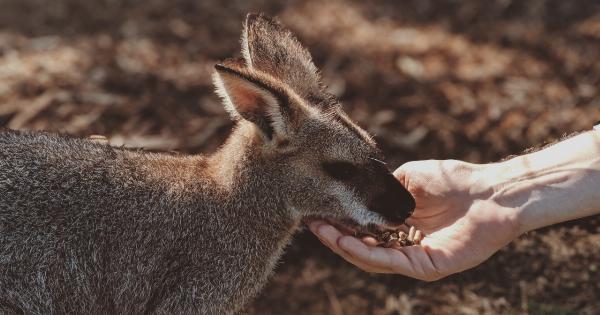Every year, millions of newborns around the world are at risk of dying due to lack of access to quality healthcare during delivery or in the early weeks of life.
Although progress has been made in reducing global child mortality, newborn deaths account for more than one-third of all deaths in children under the age of five. Saving newborn lives requires a comprehensive approach, including a focus on providing skilled attendance during childbirth, improving neonatal care, and promoting preventive measures such as immunizations and maternal nutrition.
One promising technique that is helping to save newborn lives is known as kangaroo mother care.
What is Kangaroo Mother Care?
Kangaroo mother care (KMC) is a technique that was first introduced in Colombia in the 1970s as a way to improve the survival of low-birth-weight infants.
The technique involves the mother carrying her newborn skin-to-skin on her chest, providing warmth and comfort, and facilitating breastfeeding. KMC has been shown to have numerous benefits for both the newborn and mother, including improved thermal regulation, fewer infections, better weight gain, and increased maternal bonding.
The Benefits of Kangaroo Mother Care
KMC has been shown to have numerous benefits for both the newborn and mother, including:.
Better Thermal Regulation
Skin-to-skin contact between the mother and newborn helps regulate the baby’s body temperature, reducing the risk of hypothermia and other temperature-related complications.
Decreased Risk of Infections
KMC has been shown to reduce the risk of infections in newborns, including sepsis and pneumonia. This is likely due to the increased immunity provided by breast milk, as well as the reduced exposure to hospital-acquired infections.
Improved Weight Gain
KMC has been shown to promote better weight gain in premature and low-birth-weight infants, which is important for overall growth and development.
Increase in Maternal Bonding
KMC promotes bonding between the mother and her newborn, which is important for the development of a secure attachment and emotional well-being.
When Can Kangaroo Mother Care be Used?
KMC can be used for premature or low-birth-weight infants, as well as full-term infants who require special care.
The technique can be initiated as soon as possible after birth and continued until the baby is stable and able to maintain body temperature outside of the kangaroo position. KMC can be used in any setting, including hospitals, health centres, and at home.
Is Kangaroo Mother Care Safe?
KMC is generally considered safe for both the mother and newborn. However, it is important that the mother is stable and able to provide the necessary care, and that the infant is stable enough to be held in the kangaroo position.
Healthcare providers should monitor the mother and infant closely and provide support and guidance as needed.
The Role of Healthcare Providers in Promoting Kangaroo Mother Care
Healthcare providers play a critical role in promoting KMC and ensuring that mothers and newborns receive the support they need to implement the technique.
Providers should educate mothers and families about the benefits of KMC, demonstrate the technique, and provide ongoing support and monitoring. Providers should also work to create an enabling environment for KMC, including providing necessary supplies and equipment, ensuring privacy for mothers and infants, and involving families in care decisions.
Conclusion
Kangaroo mother care is a life-saving technique that has the potential to improve the survival of newborns around the world.
By promoting KMC and providing the necessary support and resources, healthcare providers can play a critical role in improving maternal and child health outcomes.





























